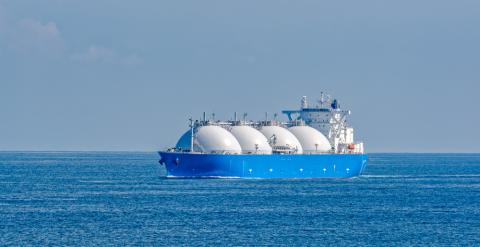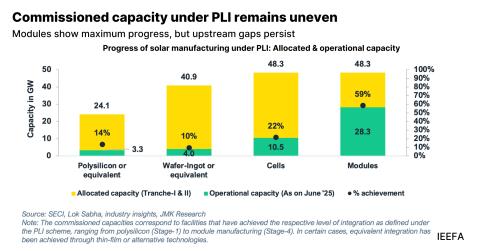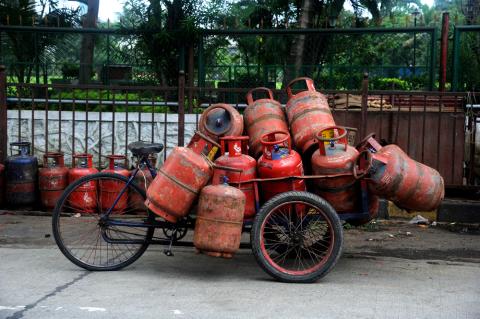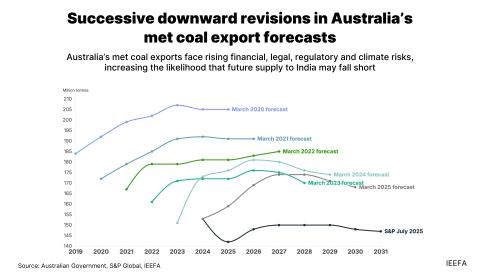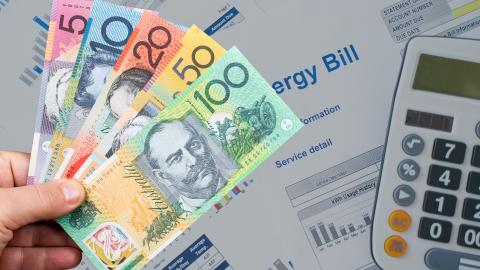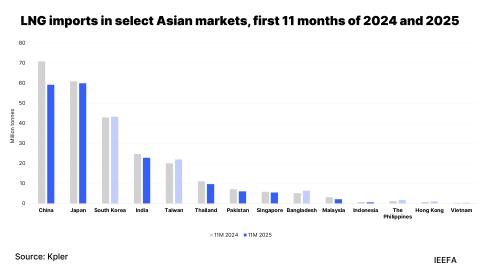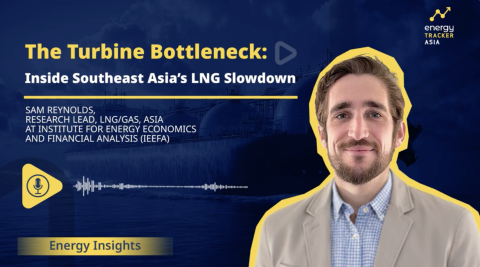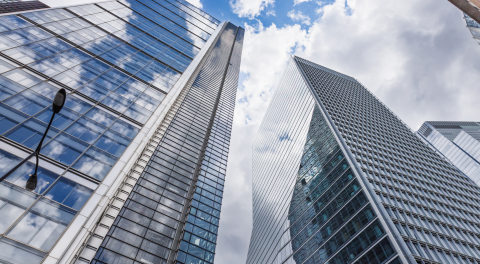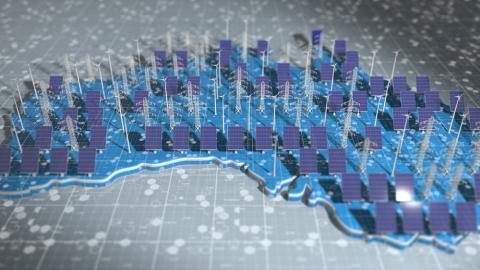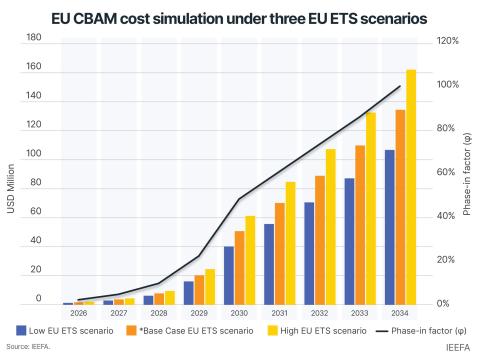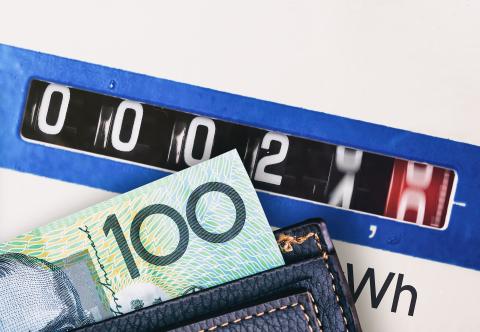Reliance on gas for iron and steel making in South Australia faces major risks
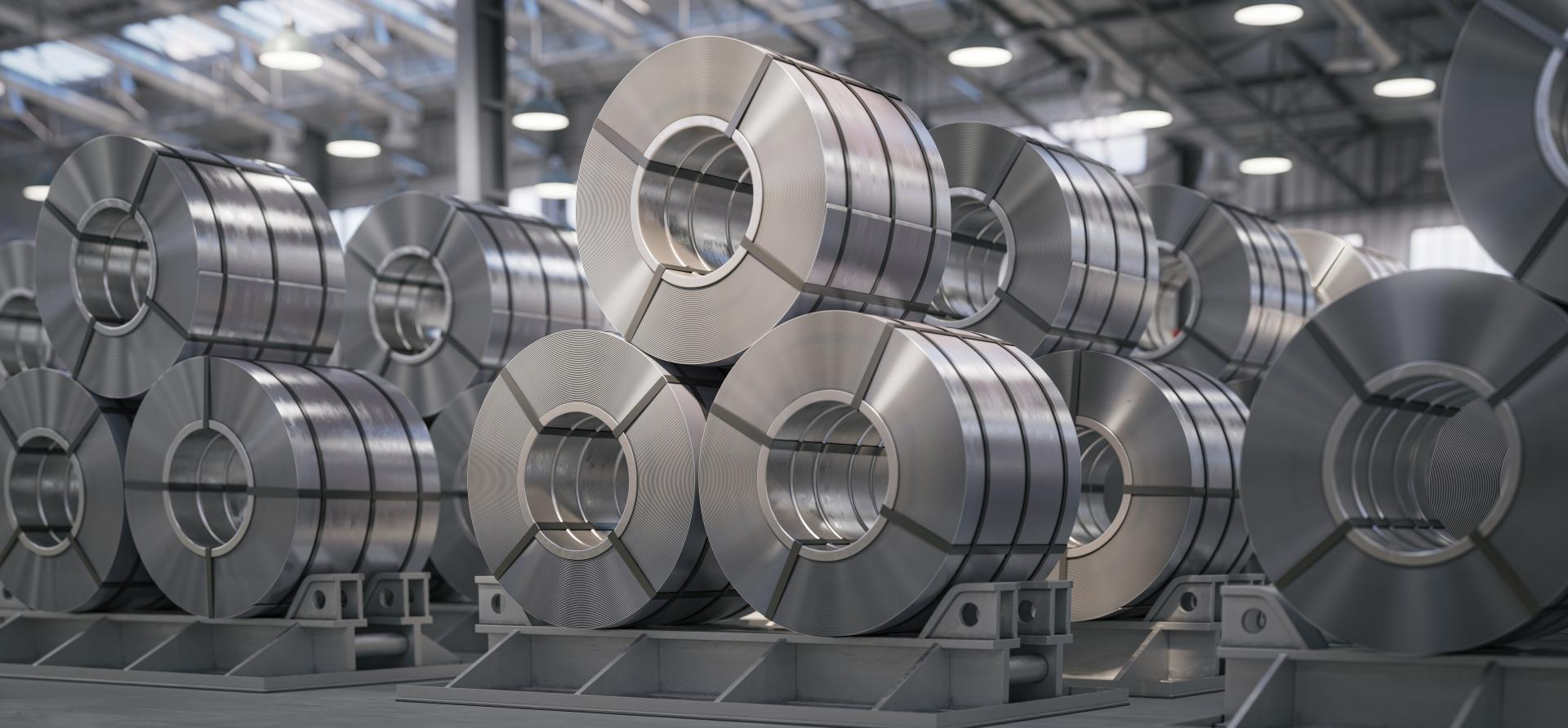
Key Findings
South Australia should continue to prioritise the rapid adoption of green hydrogen in iron and steel production, as it would face significant risks if it were instead to rely on gas for the long term.
Gas is not cheap in Australia’s east coast market – especially in southern states – where gas-based iron and steelmaking would exacerbate looming supply shortfalls.
Although it produces lower emissions than coal, gas-based iron and steelmaking remains emissions-intensive, carbon capture and storage cannot mitigate those emissions.
Australia cannot compete internationally in gas-based direct reduced iron (DRI) production, and risks falling behind in the global race to lead the emerging international low-carbon iron trade.
The South Australian state government’s Office of Hydrogen Power has been disbanded and plans for direct reduced iron (DRI)-based iron and steelmaking now appear likely to run on gas for longer.
However, a longer-term reliance on gas for iron and steel in the state would be exposed to significant risk.
DRI plants use a lot of gas. Australian steelmaker BlueScope has recently acknowledged this, stating: “Operating a DRI production facility with output similar to Port Kembla Steelworks would require 30 to 40 petajoules (PJ) of natural gas per year, equivalent to seven per cent of natural gas demand on the Australian east coast in 2024 and 40 times Port Kembla’s current gas use. Obtaining this amount of natural gas (at a competitive price) is challenging due to high export demand and limited domestic supply.”
South Australia is connected to the east coast gas market, which is characterised by high prices and forecast supply shortfalls – with these risks heightened in the southern states. The Australian Energy Market Operator’s (AEMO) 2025 Gas Statement of Opportunities (GSOO) for the east coast gas market forecasts “risks of peak day shortfalls from 2028, and structural supply gaps emerging from 2029 in southern Australia”.
A key way to avoid future gas shortages would be to reduce household and industrial demand, but gas-based DRI would be a shift in the opposite direction.
AEMO forecasts slowly declining industrial gas consumption as a result of production changes, fuel switching and electrification, under its central, Step Change scenario, but the situation would be different if gas was required for DRI-based ironmaking.
The 2024 version of the GSOO included a sensitivity to its forecast in the event that Australian ironmaking switches from coal-based blast furnaces to gas-based DRI. Under this scenario, AEMO forecast that industrial gas usage would peak about 80PJ higher in the early 2030s, putting further pressure on a gas market already facing significant supply concerns.
However, this scenario only involved shifting current Australian ironmaking capacity with gas-based DRI. As South Australia’s Green Iron and Steel Strategy recognises, the long-term opportunity for Australia is to start producing much more iron for export to steelmakers overseas. The east coast gas market’s limited supply makes this look impossible with gas-based DRI.
In addition to supply concerns, there are also significant cost issues. Gas is not cheap in Australia’s east coast market. This is especially the case in southern states, where the average price agreed under gas supply agreements (GSAs) in the second half of 2024 for 2025 supply was A$15.58 per gigajoule (GJ). Domestic gas prices have tripled since the start of Queensland LNG exports in 2015. The prospect of future LNG imports into southern states will link domestic gas prices even more strongly to volatile international LNG prices.
Commonwealth Bank of Australia has estimated that the cost of LNG imports would be AU$14-20/GJ (delivered into Melbourne and with the risk skewed towards the upside), stating: “It is challenging to see how east-coast gas prices can shift materially lower over the next five years.” The bank has also highlighted that high east coast gas prices are already forcing commercial and industrial (C&I) users to consider exiting the market, highlighting that C&I gas consumers can expect to feel the pressure of high prices “for at least the next 5 years and potentially even longer”.
It's also important to remember that Australia is in a global race to pioneer and lead the emerging international low-carbon iron trade. The Middle East has a head start as gas-based DRI is already well established there; it has plans in place to produce DRI for shipping to Japan and other parts of Asia. Australia cannot compete in gas-based DRI with the Middle East where gas prices are cheaper.
Other risks
Gas-based DRI produces significantly lower emissions than coal-based blast furnaces. But with around 1.4 tonnes of carbon dioxide emitted for every tonne of crude steel produced on average, it is still emissions-intensive.
The South Australian government should forget any ideas about mitigating those emissions with carbon capture and storage (CCS). In addition to a poor track record globally, CCS implementation in Australia has a history of significant underperformance at great expense.
In the steel sector, carbon capture’s track record is almost non-existent. The only commercial-scale CCS plant for steelmaking captures only around 25% of total operational emissions, which is then used for enhanced oil recovery (EOR), enabling more emissions. This plant – the Al Reyadah project in the UAE – became operational nine years ago and, tellingly, no other commercial-scale CCS facility for steelmaking has entered operation anywhere since.
South Australia should prioritise early adoption of green hydrogen for DRI
It has become clear recently that the cost of green hydrogen production is not falling as fast as had previously been forecast. The silver lining to this is that many unlikely proposed uses for green hydrogen are being taken off the table, leaving a smaller group of sectors where it can be effective. This includes iron and steelmaking.
In northern Sweden, Stegra aims to begin commercial-scale production of truly green iron and steel – using green hydrogen-based DRI – in northern Sweden next year. This is no longer just theoretical or at the pilot stage. Other locations that have high-grade iron ore reserves and electricity grids that are already dominated by clean power sources also have the chance to be pioneers in truly green iron and steel. Such places include Canada and Brazil – and also South Australia.
South Australia can’t compete with the Pilbara or globally in gas-based DRI, but it can if green hydrogen is used as demand for truly green iron and steel – and the number of buyers willing to pay for it – rises.
The state should still prioritise earliest-possible adoption of green hydrogen for its iron and steel industry to progressively replace gas. This is the only way to fulfill the South Australian government’s Green Iron and Steel Strategy. You can’t make green iron and steel with gas.
This article was previously published by RenewEconomy.


